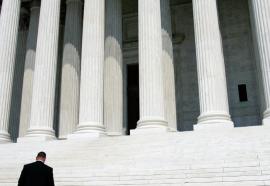A Year of Fear
Resuming progress after 2011’s uncertainty.
From the Fukushima disaster and its repercussions, to the raging battle over new EPA regulations, 2011 was one of the most volatile years on record for the electric power business. Will 2012 be better or worse than 2011? Cost factors make this a great time to invest, but overhanging uncertainties might bring another year of fear.








